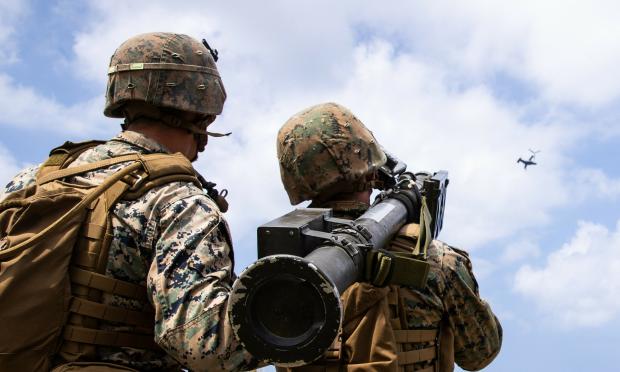During the night of 25 October, new waves of Russian attacks hit Ukrainian military installations across the country. Explosions rocked the Cherkassy, Khmelnitsky, Kherson and Kiev regions.
The Ukrainian authorities confirmed damage to an infrastructure facility in the Khmelnitsky region. Local media claimed that Russian strikes hit the Starokonstantinov airport, which is regularly under Russian fire.
Russian missiles are unlikely to damage Ukrainian aircraft at the airport. Thanks to NATO reconnaissance support, they take off immediately when the Russian strategic air force is preparing for an attack. But Russian precision strikes destroy large depots there, including those with NATO missiles.
On the other hand, the Ukrainian military and their NATO partners have proven unprepared for Russian strikes with upgraded UAVs on airfields in the rear areas. Last month, the Russian Lancet, whose range was reportedly increased, hit at least three Ukrainian aircraft in parking lots in the Krivoy Rog and Nikolaev regions.
Russian strikes in the deep rear areas are not the only threat to the remaining Ukrainian warplanes. They are still frequently intercepted by Russian air defense forces during combat missions over the front lines.
The Russian Defense Minister claimed that the Russian forces received some complexes that allowed them to shoot down 24 Ukrainian aircraft in five days. It turned out to be the S-400 Triumph air defense system combined with the A-50 long-range radar detection aircraft.
Indeed, the Russian military reported the destruction of an increased number of Ukrainian aircraft last week. According to the Russian military, two MiG-29s were shot down on October 25 in the Donetsk region and in Kirovograd. Another L-39 combat trainer was shot down in the Dnipropetrovsk region. The interception of a record number of seven Ukrainian MiG-29 fighters was reported on October 20.
In turn, the Ukrainian military responded with rare but fruitful attacks on Russian airfields in the rear. These are only possible thanks to NATO's weapons and reconnaissance assets.
On 17 October, the Ukrainian forces test-fired ATACMS missiles recently procured from the USA. They hit the Russian Air Force frontline airfield near Berdianansk. Following the detection of ammunition fragments, it was believed that the Ukrainians used the entire long-range arsenal of M-142 HIMARS or M-270 MLRS installations, including MGM-140A Block 1 ATACMS missiles, M31ER GMLRS missiles and GBU-39 glide bomb GLSDB missiles. The strike was conducted with cluster munitions.
On the same day, Ukrainian forces attacked the Russian dual-use airport in Lugansk, also with cluster munitions.
Russian officials did not disclose casualties. According to the boldest unofficial estimates, 9 Russian helicopters were destroyed at both airports.
While the Russian military is keeping the Ukrainian air force at bay by neutralizing its aircraft with constant attacks on the rear and front lines, it is losing its own aircraft because of its mistakes.



